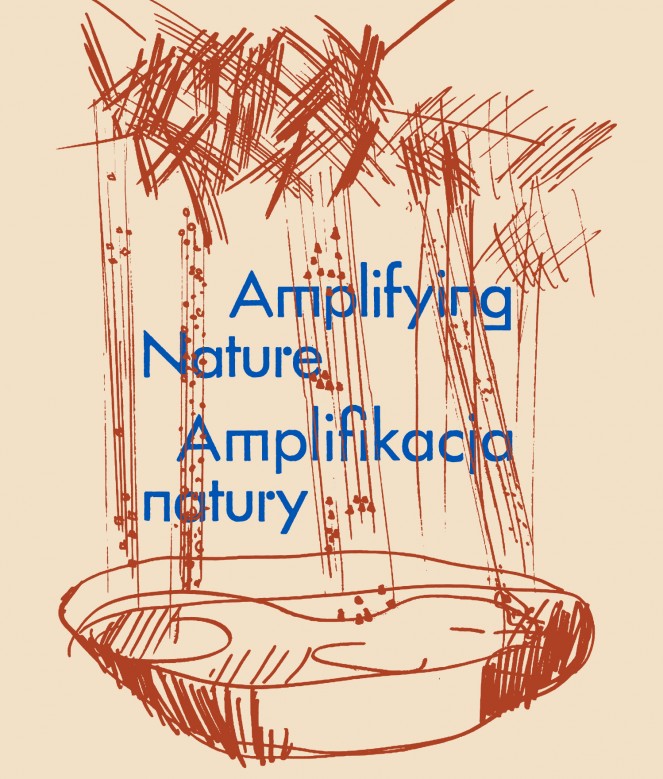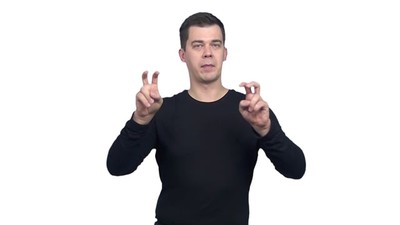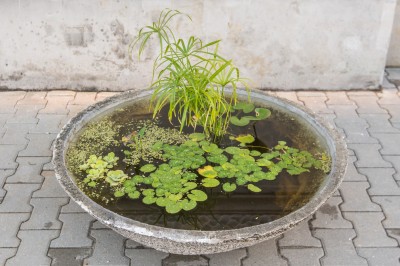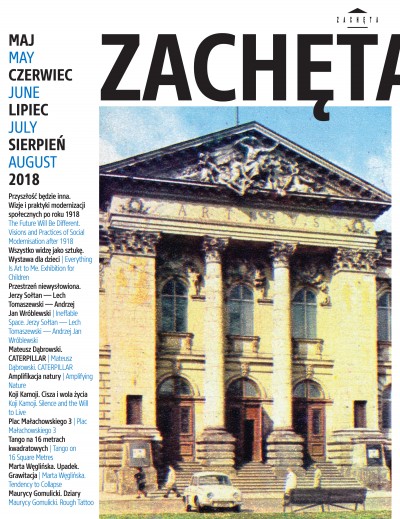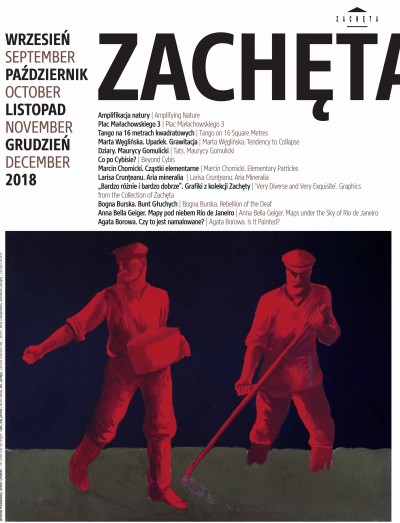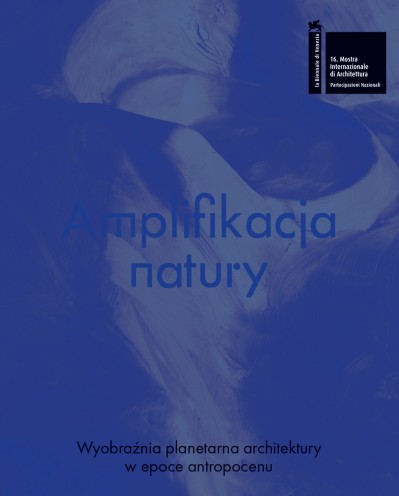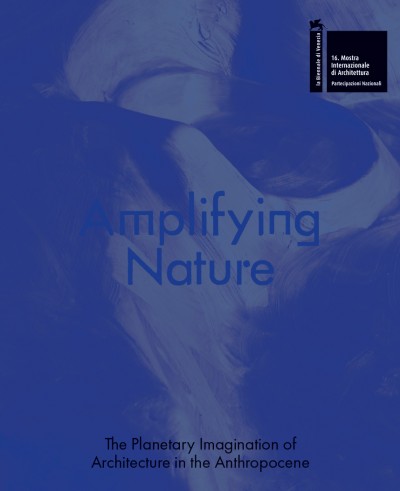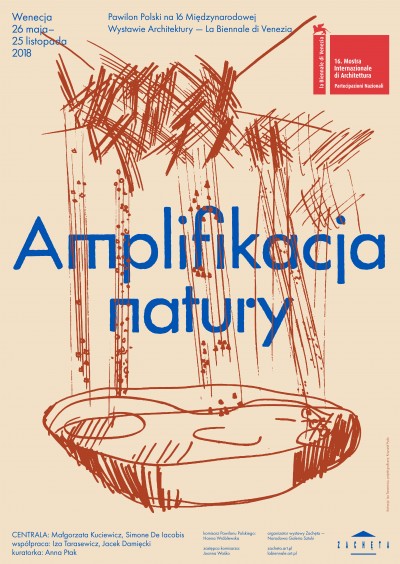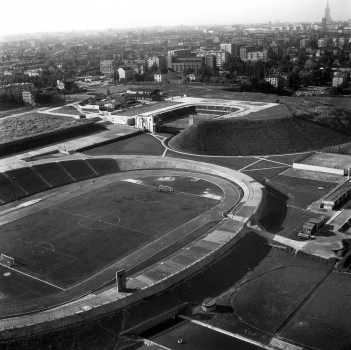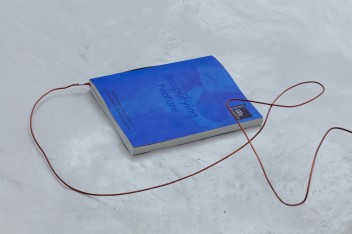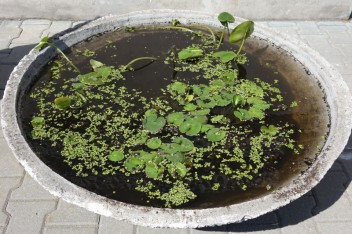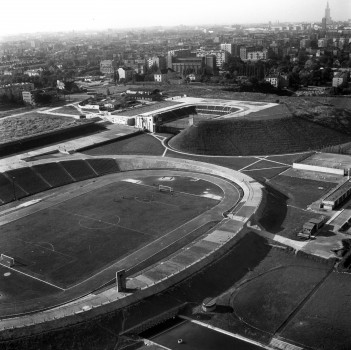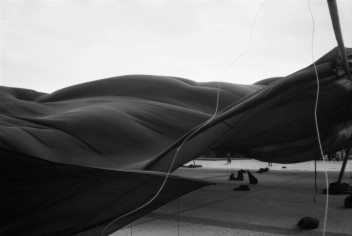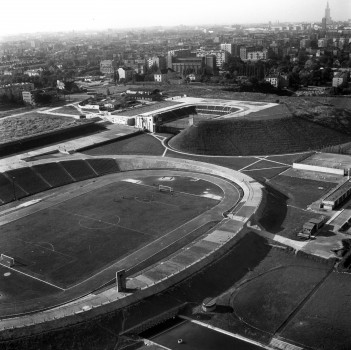16th International Architecture Exhibition – La Biennale di Venezia Amplifying Nature
26.05 – 25.11.2018 16th International Architecture Exhibition – La Biennale di Venezia Amplifying Nature
Polish Pavilion at the International Architecture Exhibition – La Biennale di Venezia
curator: Anna Ptak
project participants: CENTRALA – Małgorzata Kuciewicz, Simone De Iacobis in collaboration with Iza Tarasewicz and Jacek Damięcki
organizer of the Polish Pavilion: Zachęta – National Gallery of Art
Polish Pavilion Commissioner: Hanna Wróblewska
Deputy Commisioner: Joanna Waśko
The project Amplifying Nature is based on the premise that architecture is part of processes occurring on a planetary scale. According to the authors of the exhibition — curator Anna Ptak and architects Małgorzata Kuciewicz and Simone De Iacobis of the CENTRALA collective — it serves not only to offer protection from nature, but is inherently connected with phenomena such as gravitation, water circulation, or the day-night cycle. The authors were inspired by nature-amplifying designs from the history of Polish architecture: the Warszawianka sports complex, inscribed in the Vistula River escarpment, designed by a Jerzy Sołtan-led team of the Art-and-Research Workshops of the Academy of Fine Arts in Warsaw (an example of tapping into geological and hydrological processes), Zofia and Oskar Hansens’ Szumin House (circadian rhythm), and Jacek Damięcki’s visionary, unrealised design of the Floating Rotary Pavilion (water displacement). The same architectural philosophy is reflected in two original designs by CENTRALA — the vertically open Cabrio House and the Rain Pavilion. Staged in association with sculptor Iza Tarasewicz, the exhibition is considered by its authors as a kind of diagram — interpreting the team’s research, it sheds light on the various relationships that architecture is embroiled in.
The installation utilises the phenomenon of water displacement and uses water as an information medium — an environment for drifting architectural models. Throughout the half-year duration of the show, the exhibition space will be actively shaped by factors including water, daily and annual light rhythms, or viewer interaction, demonstrating how architecture is inclusive in processes of physical change.
The presentation at the Polish Pavilion is accompanied by the book Amplifying Nature.The Planetary Imagination of Architecture in the Anthropocene, edited by Anna Ptak and designed by Krzysztof Pyda.
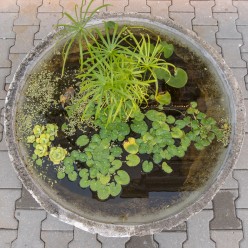
Aquatic Plant Pot
Mass-made in the 1960s, the outdoor concrete flower pots probably also came in a version for aquatic plants. The CENTRALA collective decided to conduct an experiment and create a small pond in one of such pots, which can still be encountered in the streets of Warsaw. The project accompanies the exhibition Amplification of Nature (curator: Anna Ptak), presented in the Polish Pavilion at the Venice Biennale of Architecture.
Through collaboration with the University of Warsaw’s Botanical Garden, the following plants have been planted in the pot installed in front of the Zachęta building:
Yellow water-lily (Nuphar lutea) N. lutea is a common plant in Poland, where it grows in ponds and lakes. The characteristic solitary yellow flowers are held above the water surface.
16th International Architecture Exhibition – La Biennale di Venezia
Amplifying Nature
26.05 – 25.11.2018
Polish Pavilion at the International Architecture Exhibition – La Biennale di Venezia
Giardini della Biennale, Venice, Italy
See on the map
